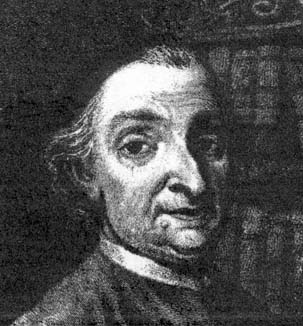Hyperbolic Functions
Hyperbolic functions are very useful in both mathematics and physics. You may have already encountered them in Math 118. If not, here are their definitions:
sinh (x) = (ex - e-x)/2
cosh (x) = (ex + e-x)/2
tanh (x) = sinh(x) / cosh(x)
coth(x) = 1/tanh(x)
sech(x) = 1/cosh(x)
csch(x) = 1/sinh(x)
Oddly enough, they enjoy certain similarities with the trigonometric functions, with which you are much more familiar.
> plot (sinh(x), x = -7..7);
> sinh(5);
> evalf(%);
> Limit( sinh(x), x = infinity); # Pretty
print.
> limit( sinh(x), x = -infinity);
> expand (sinh(x+y));
> expand (sinh(x-y));
> expand (sinh(2*x));
> Diff(sinh(x),x); # Pretty print.
> diff( sinh(x), x);
> Int ( sinh(x), x); # Pretty print.
> int (sinh(x), x);
1. Graph the other five hyperbolic functions: cosh(x), tanh(x), coth(x), sech(x), csch(x). For each curve, determine the limit of y as x tends toward infinity or negative infinity. Which of the functions are odd? which are even? (Remember that an odd function is one that is symmetric with respect to the origin; an even function is one that is symmetric with respect to the y-axis.)
2. Find the derivative and the indefinite integral of each of the other five hyperbolic functions.
3. Expand cosh(x+y), cosh(2x), tanh(x+y), and tanh(2x).
4. Show that (cosh x)2 - (sinh x)2 = 1. Hint: You may either use the simplify command, or else graph the function y = (cosh x)2 - (sinh x)2.
5. Show that 1 - (tanh x)2 = (sech x)2.
6. Show that:
7. Find the limit of (sinh x) / ex as x tends toward infinity.
8. Simplify the expression:
9. The inverse of sinh x in Maple is represented by arcsinh(x). Graph the curve y = arcsinh(x). Find formulas for the derivative and the integral of arcsinh(x).
10. Repeat question 9 for the functions arccosh(x) and arctanh(x).

Vincenzo
Riccati (1707 - 1775) is given
credit for introducing the hyperbolic functions.